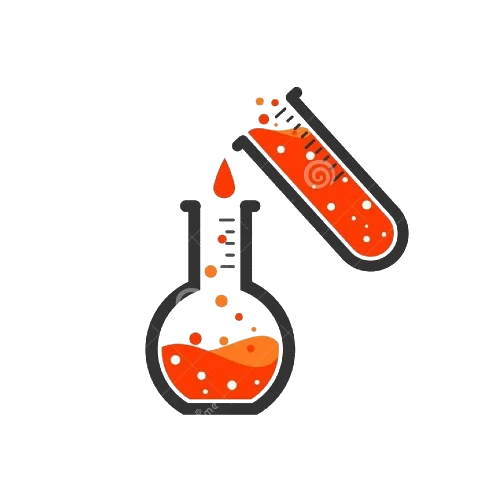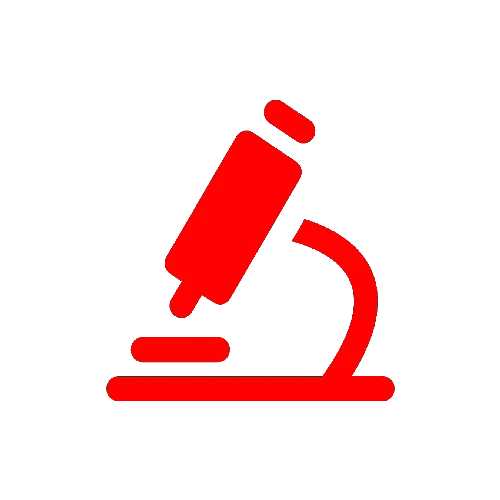Compressed air Qualification in pharma is proof that certain factors, including aerosol particle content, dew point, liquid water concentration, vapour content, oil aerosols, and other contaminants, are below acceptable limits and do not contaminate the product.
In order to deliver high-quality compressed air at the outlet, air compressor units have an air unit system. It begins at the compressor’s suction filter and terminates at the last service valve on the apparatus. A high-quality filter is provided at the suction of the air compressor to prevent any intrusion of solid particles. During the suction stroke, the compressor cylinder draws ambient air through the filer and compresses it to delivery pressure.
By gradually compressing the air, the delivery pressure is attained. A very effective heat exchanger is offered between each stage to eliminate compression heat. In the heat exchanger, air is cooled to nearly ambient temperature before moving on to the next stage. This aids in lowering the compressor’s power requirements as well as the temperature of the final air exhaust. Filters with sufficient particulate and microbial retention efficiency may also be installed at the user points to improve the purity of the supplied air. Sterilizing grade 0.2 micron hydrophobic filters shall be fixed at critical user points to deliver sterilised compressed air supply, wherever required.
The storage tank, refrigerant drier, distribution system, and oil-free compressor make up the compressed air system.
The double-acting horizontal cross-head type air compressor has two cylinders, each of which has suction and delivery valves. In order for air to enter the engine during the forward and reverse strokes of the piston, the suction air filter is linked to the middle of the cylinders. Amount of air drawn in from the front is squeezed to a pressure of around 2 Kg/cm2.
Air from the first stage cylinder is compressed before passing via delivery valves and into the intercooler that is set up between the first and second stages. It is cooled there to a temperature of between 30 and 50 C before being sucked by the second stage through suction valves. The delivery header that is connected to the cooler and, ultimately, the receiver, receives compressed air at a pressure of 8.0 0.5 Kg/cm2 in the following stage.
QUALIFICATION
- User Requirement Specification for Compressed Air System
- Design Qualification of Compressed Air
- Installation Qualification of Compressed Air
- Operational Qualification of Compressed Air
- Performance Qualification Protocol of Compressed Air
- Performance Qualification Report of Compressed Air
STANDARD OPERATING PROCEDURES
- SOP for Air Compressor
- SOP for Preventive Maintenance of of Air Compressor
- SOP for Validation of Compressed air
- SOP for Microbiological Monitoring of Compressed Air
RISK ASSESSMENT







